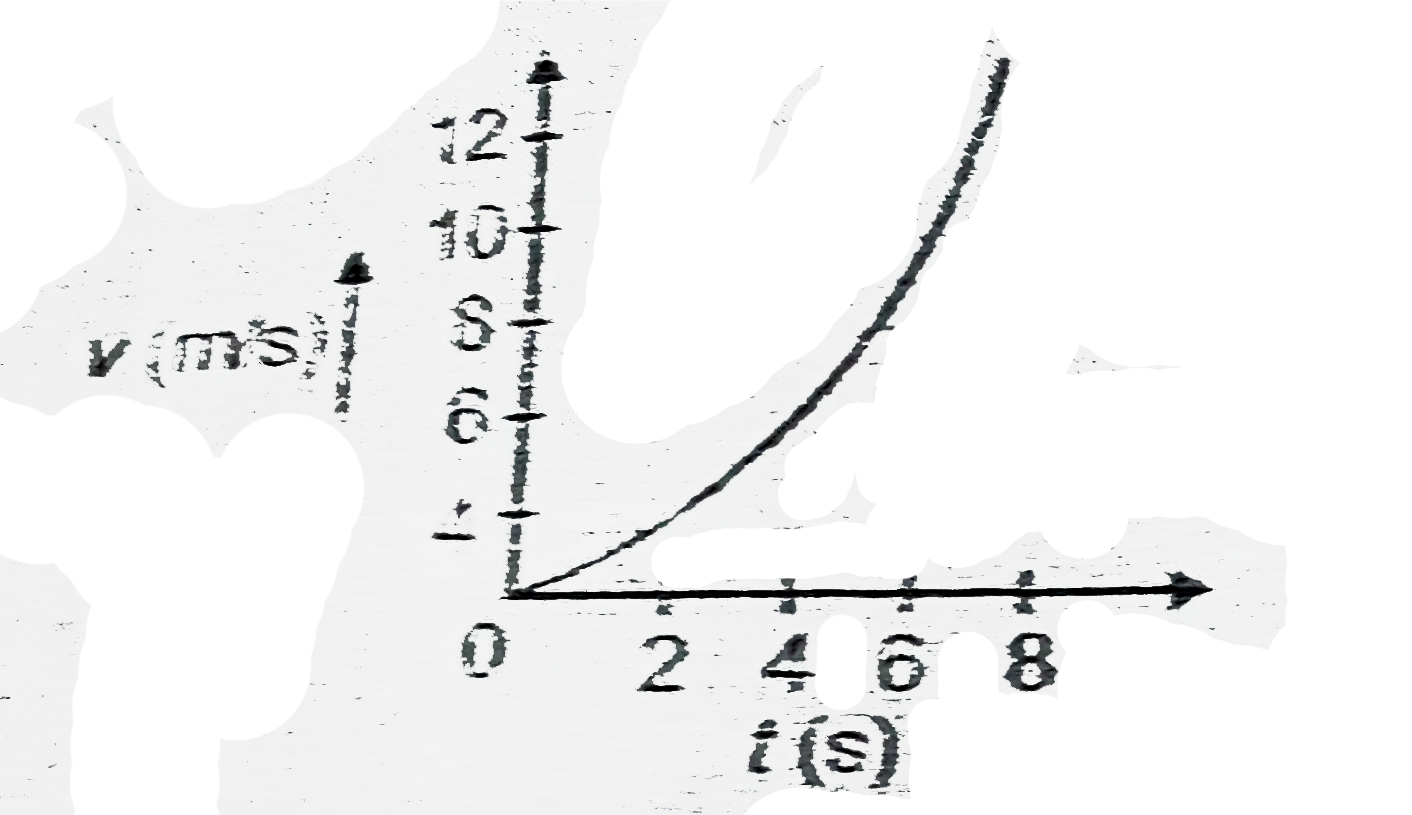Calculate the acceleration of an object if its velocity is given by v=(√12t−2).
To calculate the acceleration of an object given its velocity function v=√12t−2, we will follow these steps:
Step 1: Understand the relationship between acceleration and velocity
Acceleration a is defined as the rate of change of velocity with respect to time. Mathematically, this is expressed as:
a=dvdt
Step 2: Differentiate the velocity function
Given the velocity function:
v=√12t−2
we need to differentiate this with respect to time t.
Step 3: Apply the chain rule
To differentiate v, we will use the chain rule. The chain rule states that if you have a composite function, you differentiate the outer function and multiply it by the derivative of the inner function.
1. The outer function is √x where x=12t−2.
2. The derivative of √x is:
ddx(√x)=12√x
3. The inner function x=12t−2 has a derivative:
dxdt=12
Step 4: Combine the derivatives
Using the chain rule:
dvdt=ddt(√12t−2)=12√12t−2⋅d(12t−2)dt
Substituting the derivative of the inner function:
dvdt=12√12t−2⋅12
Step 5: Simplify the expression
Now, simplifying the expression gives us:
a=122√12t−2=6√12t−2
Final Result
Thus, the acceleration a of the object is:
a=6√12t−2
---
Acceleration a is defined as the rate of change of velocity with respect to time. Mathematically, this is expressed as:
a=dvdt
Given the velocity function:
v=√12t−2
we need to differentiate this with respect to time t.
To differentiate v, we will use the chain rule. The chain rule states that if you have a composite function, you differentiate the outer function and multiply it by the derivative of the inner function.
2. The derivative of √x is:
ddx(√x)=12√x
3. The inner function x=12t−2 has a derivative:
dxdt=12
Using the chain rule:
dvdt=ddt(√12t−2)=12√12t−2⋅d(12t−2)dt
Substituting the derivative of the inner function:
dvdt=12√12t−2⋅12
Now, simplifying the expression gives us:
a=122√12t−2=6√12t−2
Thus, the acceleration a of the object is:
a=6√12t−2
Topper's Solved these Questions
- MOTION IN A STRAIGHT LINE BOOK - MODERN PUBLICATIONCHAPTER - MOTION IN A STRAIGHT LINE EXERCISE - COMPETITION FILE (INTEGER TYPE QUESTIONS )
9 Videos
- MOTION IN A PLANE BOOK - MODERN PUBLICATIONCHAPTER - MOTION IN A PLANE EXERCISE - Chapter Practice Test
15 Videos
- OSCILLATIONS BOOK - MODERN PUBLICATIONCHAPTER - OSCILLATIONS EXERCISE - Practice Test (For Board Examination)
12 Videos
Similar Questions
Knowledge Check
The velocity function of an object moving along a straight line is given by v(t)=At2+Bt. If at t=2s, the velocity is 3 m/s and acceleration is 0.500m/s2, find the value of the constant A.
A−0.5m/s3B−0.5m/s2C−2.5m/s3D−1.5m/s2Displacement x=t3−12t+10. The acceleration of particle when velocity is zero is given by
A12 unitsB10 unitsC2 unitsD1 units
The acceleration (a) of an object varies as a function of its velocity (v) as a=λ√v where λ is a constant.If at t=0,v=0 ,then the velocity as a function of time (t) is given as (A)34λ2t3 (B)14λt (C)14λ2t2 (D)14λ2t
View SolutionThe velocity-time graph of an object is given below. Calculate the average acceleration of the object in the time interval of 4 s to 6 s.

View Solution" The displacement x of a particle at the instant when its velocity v is given by "v=sqrt(3x)+16" .Find its acceleration "
View SolutionGive an example of a case in which an object's velocity is zero but its acceleration is not. Can an object's velocity ever be in a direction other than the direction of its acceleration? Explain.
View SolutionThe velocity time relation of a particle is given by v =(3t2−2t−1)m/s Calculate the position and acceleration of the particle when velocity of the particle is zero . Given the initial position of the particle is 5m .
View SolutionA particle is moving with an intial velocity of 5ms−1. What will be the velocity of the particle at t=3s, if the acceleration of the particle is given by
a=16t3−12t2+6t−25
View Solution
